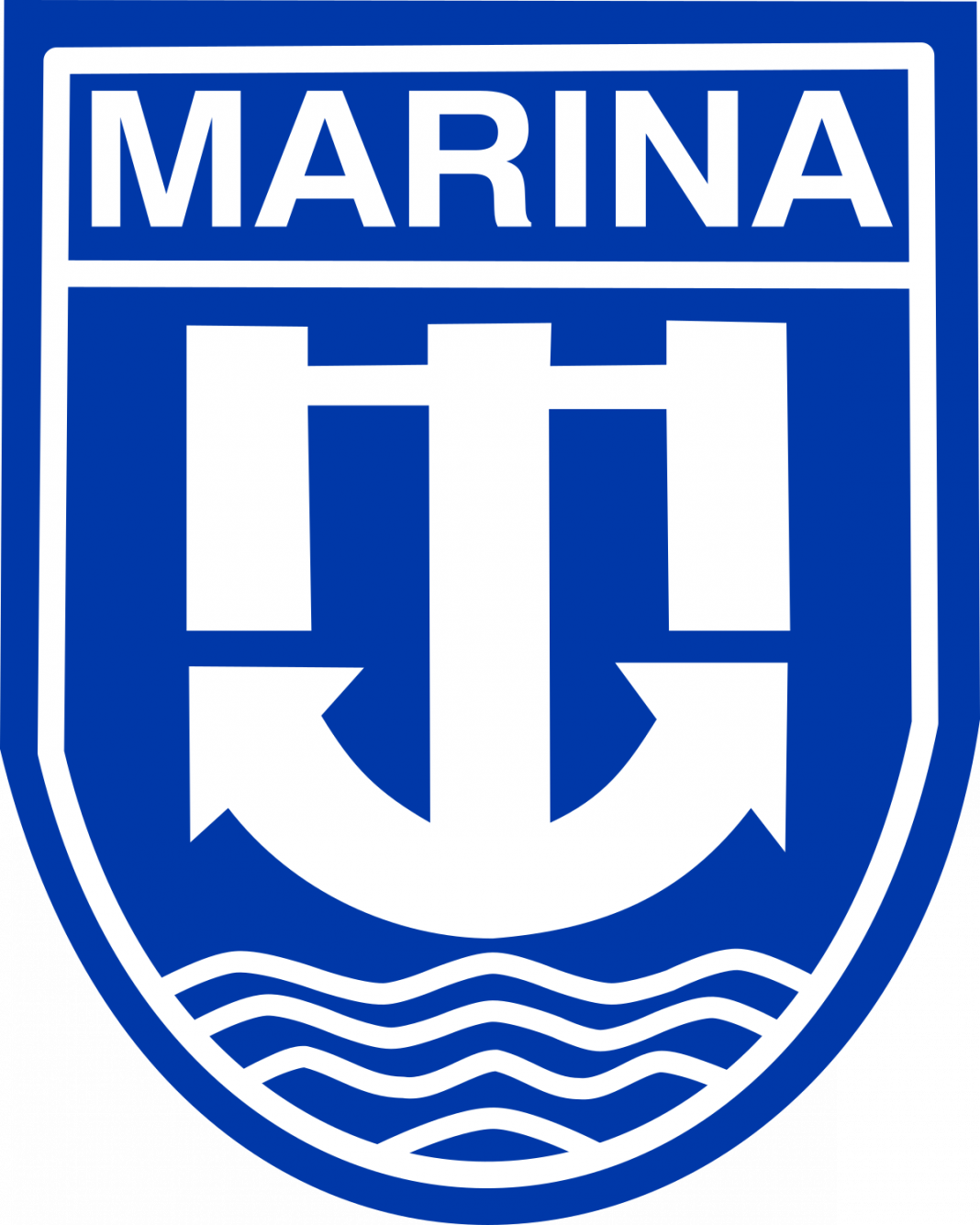Shipyard operators said value-added tax (VAT) rebate and duty-free importation of equipment and materials are types of tax incentives needed to attract investors and boost the local shipbuilding industry.
Meneleo Carlos III, chairperson of the Shipyard Association of the Philippines (ShAP), emphasized this need in light of the Maritime Industry Authority’s (MARINA) renewed push for two key legislative measures: the Ship Building and Ship Repair (SBSR) Development Bill and the SBSR Fiscal Incentives Bill.
“What we need is VAT rebate. If I successfully sell a vessel for domestic use, brand new build, I will show all my receipts of all the VAT I paid—subcontractors, steel purchase, paints, everything like that. And I should be able to get a rebate for it,” Carlos said.
According to Carlos, a VAT rebate would level the playing field by compensating for the VAT-exempt status granted to buyers. He added that this incentive structure mirrors practices in countries like Singapore and China.
“In Singapore, it is but natural for a foreigner to show his GST (goods and services tax) receipt and is given a rebate on his purchases. But we don’t do that here. Maybe because we don’t trust our receipt, but I don’t know. All I can say is that that’s one mechanism. It may be difficult, but for sure, we’ll spend effort because we need to recover that expense,” he said.
Carlos noted that the Philippines currently has around 131 shipyards, with about 45 capable of building large vessels that are otherwise being imported.
“We like building new ships for the industry. We like building new ships for the military,” he said. “I was very happy to hear that the Philippine Navy believes we can definitely build the hull.”
Another key incentive, Carlos said, would be the duty-free and VAT-free importation of shipbuilding materials and equipment—a policy that would significantly boost the competitiveness of the local SBSR industry.
Competition
He also highlighted the cost-efficiency of sourcing marine-grade steel from countries like China, Korea, Japan, and Vietnam, which have well-established steel manufacturing industries. “I’m getting very competitive steel prices throughout the world,” he said.
Carlos recalled visiting a massive steel manufacturing facility in China that spans over 25 square kilometers. “I went inside a factory in China, and their steel mill is 25 square kilometers, 5 kilometers by 5 kilometers. It’s a city inside. They have stoplights,” he shared.
Given this scale, he said, any national steel mill must be substantially larger to be economically viable. Without appropriate incentives, local steel manufacturers would struggle to compete against global players. He also dismissed the idea of reviving the old National Steel Co. plant in Iligan, citing outdated technology.
Foreign-owned shipyards in the country are also unlikely to source their marine steel locally. Carlos pointed out that Tsuneishi, the largest shipbuilding company in the Philippines located in Balamban, Cebu, still imports its steel from Japan.
“How much of the steel that Tsuneishi uses, how much of it comes from the Philippines? None. They import it all from Japan. If you had a national steel mill, can you force them to buy from the national steel mill? No. They will only import from Japan. It’s their investment, their choice,” he argued.
Carlos emphasized that the planned SBSR incentives would mainly benefit smaller, domestic players in the shipbuilding industry.
However, he cautioned that if MARINA succeeds in passing a 10-year incentive bill this year, it should already begin pushing for a follow-up bill to ensure the continuity of support. Based on past experience, passing industry legislation is a lengthy process.
The last industry support bill was passed in 2004 and expired in 2014. “So, if we wanted another bill of support in 2014, we should have been working in 2012, 2010,” he said.




